By: Torhan Almufti
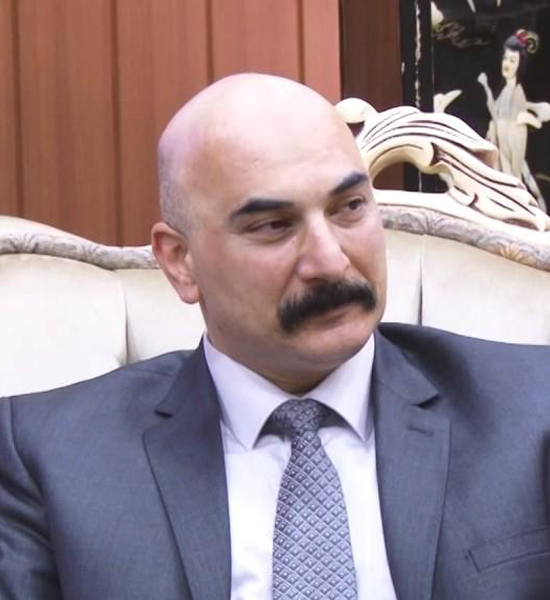
Since the sixteenth century, many physicists and astronomers have focused on defining light and discussing its nature, as well as the behaviors of light’s movement in addition to its speed. Several definitions of the speed of light have been proposed historically, including that light has an instantaneous property or momentary speed, meaning reaching the destination coming from the source at the same moment without passing through a time factor. With the advancement of research in this field and the presence of eminent scientists, the speed of light was eventually recorded as (300,000) kilometers per second. At this speed, matter has no actual mass. To approximate the understanding of this distance, we can mention that sunlight reaches the Earth in about (8) minutes, covering a distance of (150) million kilometers. Another example is that a light beam can orbit the Earth’s circumference more than (7) times per second. Based on this, the speed of light has been considered the highest speed in the universe, and this speed has been established in physical equations as a constant speed.
To approximate the idea of speed constancy, if we assume the existence of a light beam and bring another beam of light and add these two beams together, the result will still be the speed of light at (300,000) kilometers per second. The speed will not increase despite adding another beam of light to the original beam (the total of two beams). This means that if we assume the first beam has a numerical value of (1) and the second beam also has a numerical value of (1), then the result of adding the second beam to the first will be (1), i.e., (1+1=1), not (1+1=2).
What do we have in politics?
Since the change in the country in 2003 and the country’s initiation of democratic practices (taking into account that democracy is a culture before being a legal practice, as merely having constitutional or legal paragraphs in a country doesn’t make it democratic; acquiring the culture of democracy requires sufficient time to change a generation), democratic procedures have contributed to the formation of political blocs that enter the electoral arena. It was asserted that these blocs are a solid block, not subject to analysis or division. It was as if these formed blocs applied the concept of the speed of light (1+1=1). These blocs rejected the internal divisions within the bloc and defined themselves as a single bloc, with all participants in producing a bloc being a single group within an undistinguished fabric. However, over time, with different political competitions, the conclusion of elections, and the attainment of political gains, these blocs begin to disintegrate and split, returning logically to a calculation of (1+1=2), as each bloc splits into its constituent bases and the political “bundles” that formed this bloc or that. Another stage begins, which is the stage of competition for the outputs of the bloc itself, after each part of the bloc settles in its original political “bundle.”
What’s happening now in the Iraqi arena?
After the events of 2019 and the various protests, the political fabric changed significantly in Iraq, and the period of resilience of political blocs became shorter. The process of disintegration of these blocs and the rapid return to the origin of the political “bundle” became characteristic of this stage. However, deviating from this principle, the Shiite Coordination Framework Bloc was formed in 2021, and this bloc continues to exist as a single bloc with a single decision and continues as a “resilient” stage. This means that all political bundles participating in the framework and the gathering of these bundles result in (1).
What will happen politically?
After the recent local elections, the countdown to the parliamentary elections marathon has begun, whether they are early or on time. More than half of the term of this government has elapsed, and even more could pass in the case of early elections. Therefore, if political parties have not started moving, they will do so quickly in forming alliances and new political blocs.
We mentioned in previous articles the emergence of what we called “local movement forces,” referring to the emergence of local political forces within the provinces and the control of these political forces over the reins of local governance in those provinces, despite political pressures against these forces. We also mentioned that if these forces unified, they would enter the parliamentary elections with a threshold point to win more than (20) seats initially, and this threshold is not possessed by most Iraqi political blocs and parties in general, except for several political blocs that do not exceed the count of one hand. One of the recurring political events in all previous elections was the birth of political blocs led by the Prime Minister. Mr. Maliki had his (State of Law) bloc, and still does, Mr. Abadi had (Victory), which continues, and the political atmosphere did not allow Mr. Abdul Mahdi to resign, and it was not possible for al-Kadhimi to establish a bloc for many reasons, and let’s not forget Mr. Allawi and the (Iraqi) bloc.
So, as the elections approach, Mr. Sudanese may follow the same path as previous prime ministers in forming a political bloc, thus creating enough political space for local movement forces and other political forces (forces that suffered political pressures) to join. This may create a political threshold exceeding (40) deputies, which is a significant and comfortable number for any political bloc, especially if it’s Shiite, to form the pillars of the next government.
What are the political possibilities?
Mr. Sudanese heads a political movement (the Euphrates ), so it is highly likely that he will enter the elections to be joined by other political blocs, as mentioned. Since these joining blocs will be part of the framework, this means that the coordination framework has entered a phase of (1+1=2) to produce a new bloc from within the framework, which is the bloc of Mr. Sudanese. In the face of this electoral split, Mr. Maliki and his (State of Law) will remain, in addition to some other political forces. The electoral competition will be between the coordination framework containing the familiar leaderships and founding fathers and Mr. Sudanese’s bloc, making the post-election stage a stage of imposing the wills to keep Mr. Sudanese in power for a second term and, conversely, returning the coordination framework to its (resilient) bloc once again. This is the first possibility, contingent on the continued absence of the Sadr movement, which may implicitly support, through its popular base, some political bundles that have joined Mr. Sudanese’s bloc.
The second possibility is that no agreement is reached between the coordination framework and Mr. Sudanese’s bloc. With the presence of the Sadr movement, new agreements may emerge between Mr. Sudanese’s bloc and the Sadrists to form the next government, taking into account the Sadrist movement’s will in selecting government officials before everyone else.
The third possibility is that Mr. Sudanese may take a similar path to al-Kadhimi’s, distancing himself and not participating in the elections, waiting to see what the coordination framework decides regarding his renewal for a new government term or choosing someone else, with the presence of the Sadr movement or without their participation.
The fourth possibility, the farthest possibility, is the production of a major bloc for the framework forces along with the Sadr movement and the formation of the government’s pillars from new figures. Thus, a political bloc with different political bundles will be produced with a result of (1), which may continue for a certain period again.
ALzaman Newspaper 20240222
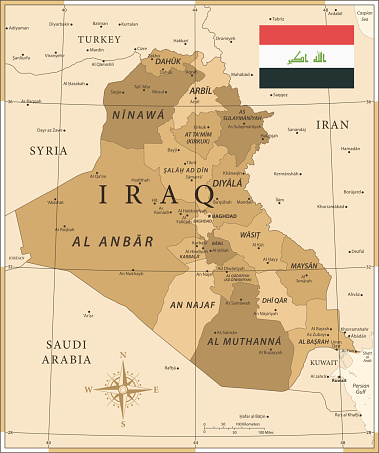
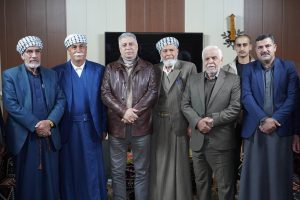
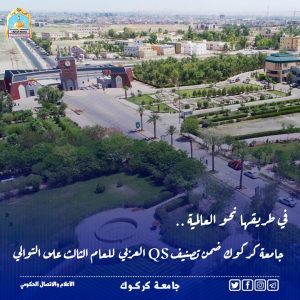
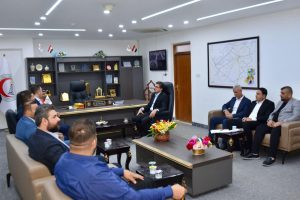
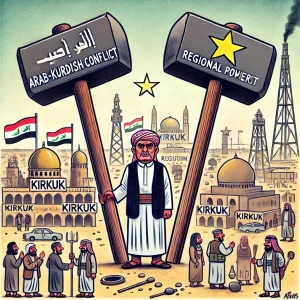
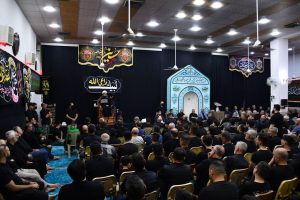
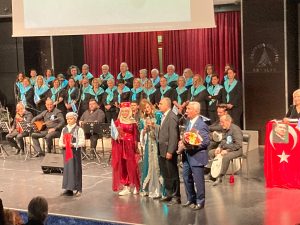
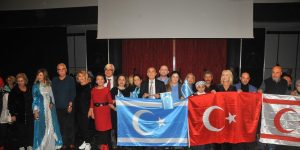
Be First to Comment